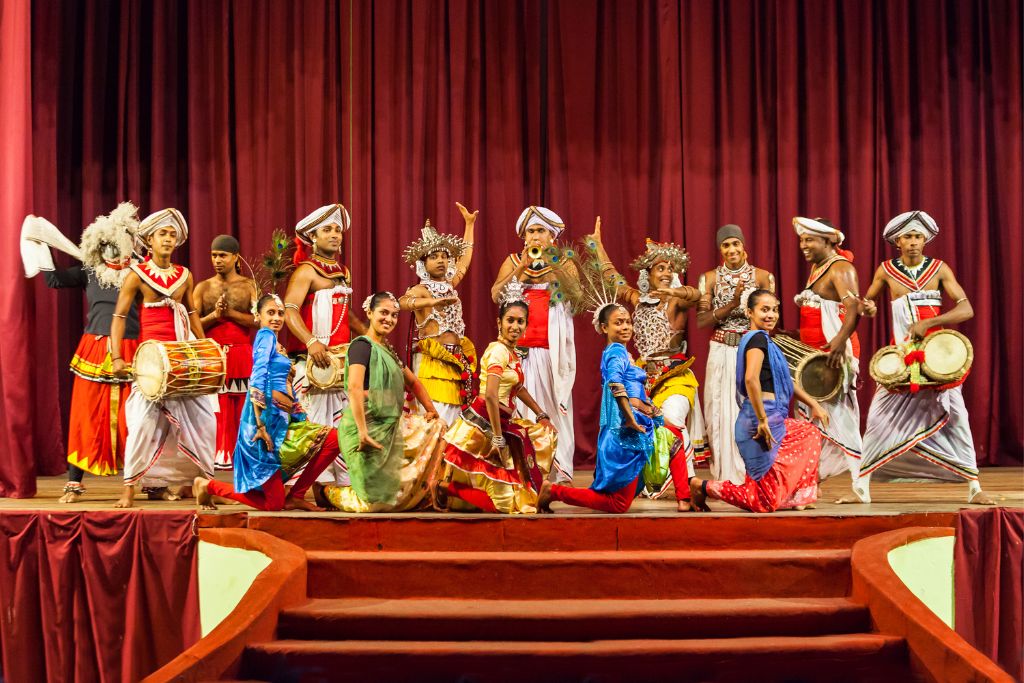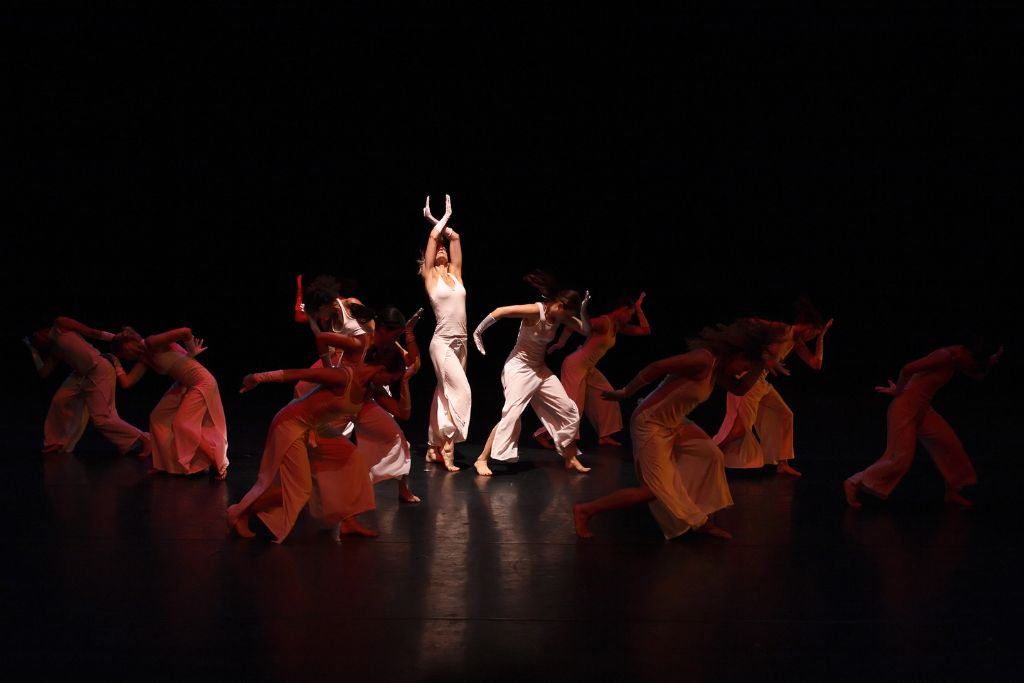Music, much like language, is a human universal that consists of separate elements that exhibit organization1. As a consequence of this, its fundamental patterns could be highly stable over extended spans of time. The pitch codeword frequency distributions and network metrics for timbre have not shown any significant changes over the past several years when viewed from a global perspective. However, with closer inspection, several obvious patterns emerge.
What is Contemporary Culture?
Contemporary culture is the beliefs, experiences, and expectations that evolve among people in modern times. It includes everything from art and music to lifestyles and social mores.
Music and pop culture in particular are often considered indicators of contemporary culture. They can influence the tastes and opinions of an entire generation. They are a way for young people to express themselves and share their thoughts.

It’s important for companies to understand contemporary culture because it is growing and evolving all the time. It’s riding into the corporation on the back of social media, delivering actionable context that needs to be understood and responded to.
Historically, popular music has included anything that gained mass popularity from medieval minstrel songs to the ragtime of Tin Pan Alley and European operetta of Broadway. It also includes jazz and blues, which originated in the era of American racial mixing, and the subsequent development of rock music and other genres.
What is Popular Music?
Music that appeals to a large public audience is considered popular music. This could be a song by Louis Armstrong singing All of Me in 1932 or Bruno Mars Uptown Funk in 2015. This type of music is what chart-toppers are made of and it changes over time depending on current trends.
Songs that become hits almost always share a common formula. They are usually short and have a catchy rhythm and a repeated chorus. They are also easy to sing along to. This is why pop music is so popular in modern times.

The earliest stirrings of popular music were probably with the inventions of Edison’s phonograph and Emile Berliner’s gramophone, which used flat discs rather than tinfoil wrapped around cylinders. These devices allowed casual amateur performers to play music at home, reviving the old tradition of folk music. While traditional folk music was traditionally transmitted verbally, contemporary popular music is mainly distributed through commercial means.
What are the Differences Between the Two?
Music can inspire people to consider where they’re heading in life and aid in the formation of their identities. It can also unify people through common experiences, whether a catchy melody or an irresistible beat. Music can even be a form of social activism, encouraging listeners to fight for their rights.
Like language, music is a human universal involving perceptually discrete elements that display organization1. Its incomparable artistic value comes from its ability to communicate emotions and ideas.

In America, the majority of popular music comes from rock, pop, RnB, and hip-hop genres. However, a number of other genres have gained popularity over time. These include country, jazz, and folk music. These genres are associated with particular historical and geographical contexts. They belong, as Denis Lacorne points out, to a cultural milieu that refuses Anglo-Saxon hegemony, assimilation, and republican universalism2.
What is the Future of Contemporary Culture?
Contemporary culture is constantly changing and evolving. Fashion trends shift and new music genres emerge, while old ones fade away. For example, rock music was at its peak in the 80s but has since lost dominance to pop and rap.
Despite the many differences between contemporary and traditional music, there are also some similarities. Both serve as entertainment and have a certain function in society. In addition, both are a form of self-actualization for musicians and their audiences.

Contemporary music is often political, expressing attitudes about social mores, civil rights, war participation, discrimination, and sexism. Likewise, rap music may raise concerns about its effect on young black people, suggesting that they are dry kindling ready to be ignited by any spark (McDonnell). In the future, it is likely that the next generation of music will continue to evolve and become more diverse. This will allow it to remain relevant and a force for change in society.
“The Greatest Hip-Hop Hits” is an article that looks at the origins, evolution, and long-term impact of hip-hop on popular music. It features classic hip-hop tracks that helped define the genre and the music industry. This article assists readers of “The Difference Between Contemporary Culture and Popular Music” in comprehending hip-hop’s impact on various sectors.
